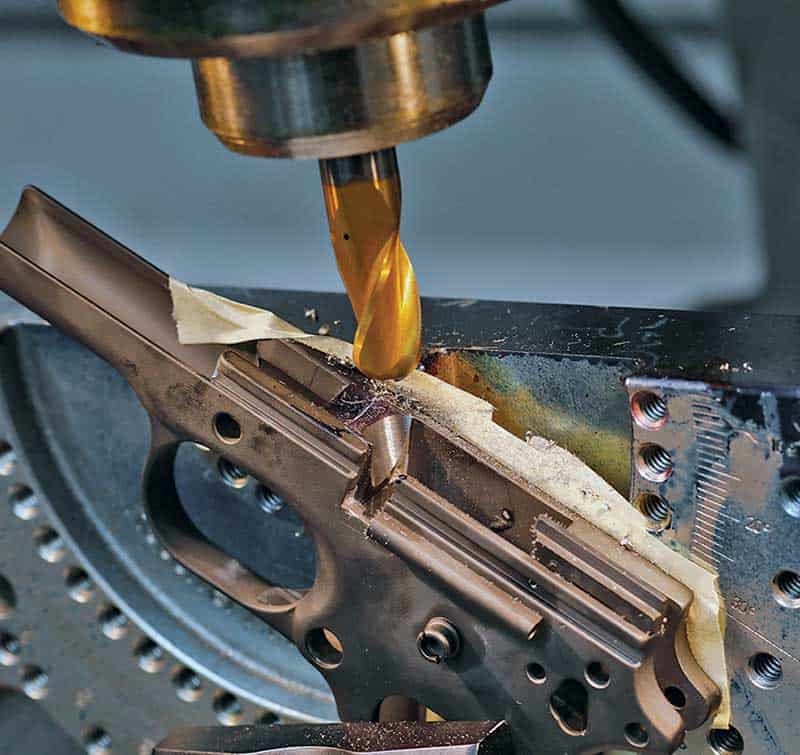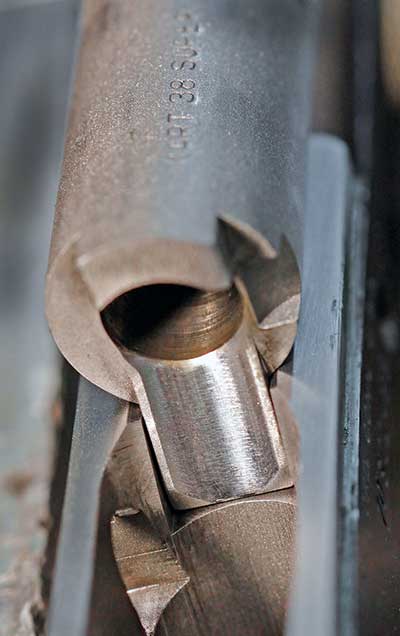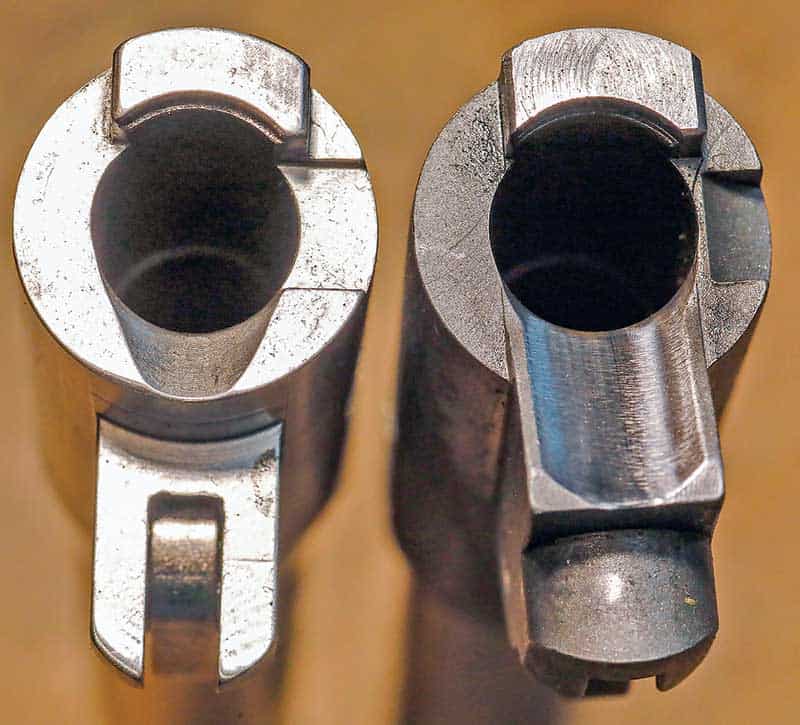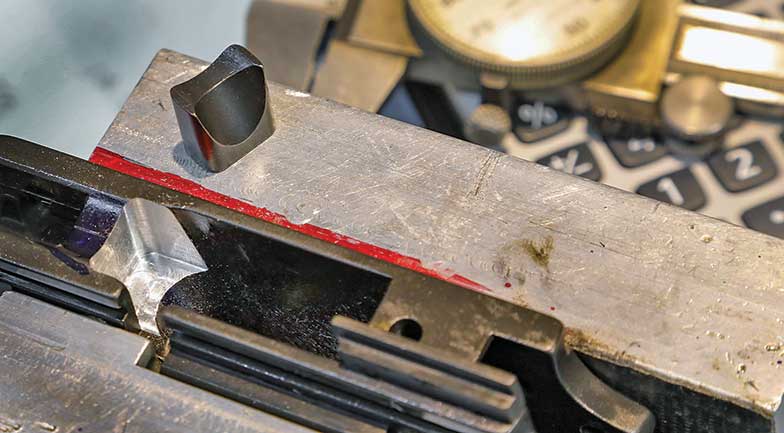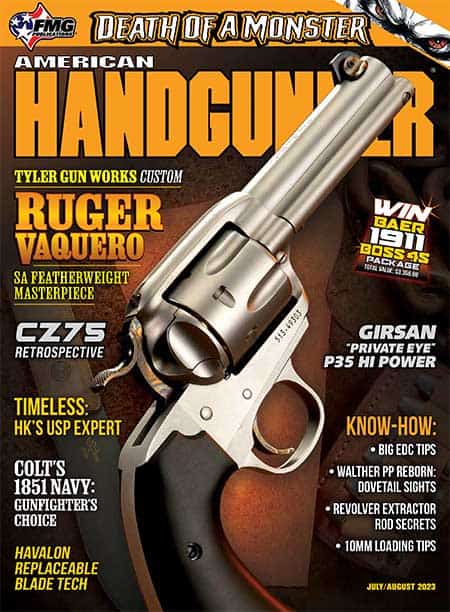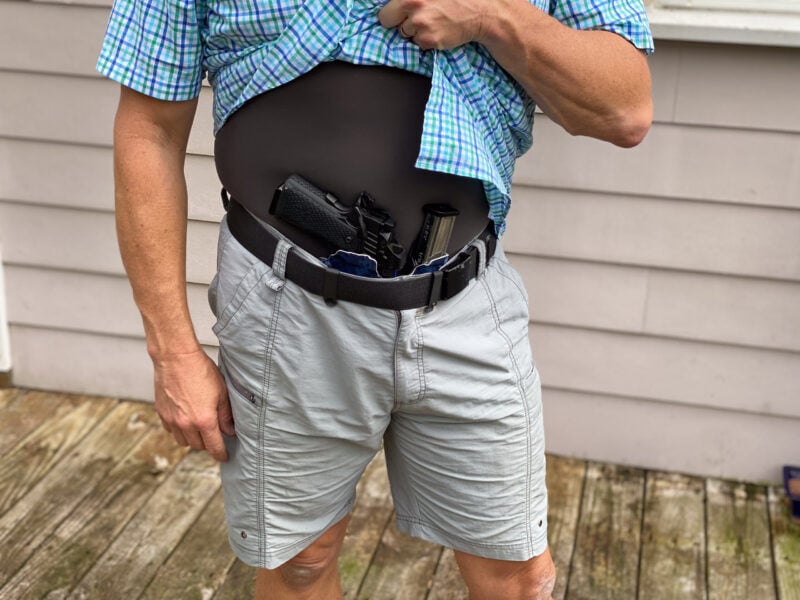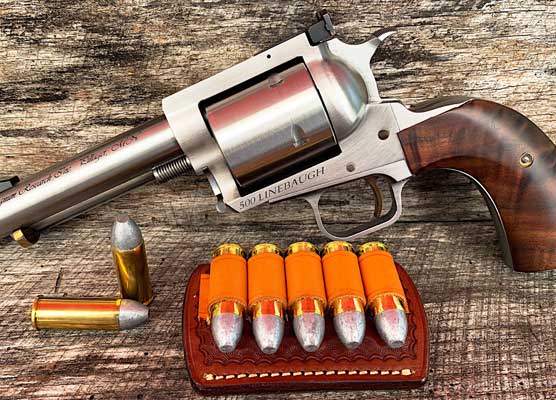Ramping It Up
Feed ramps on a firearm are critical to proper function — “no feed, no fire,” they say. It’s also the first thing the inexperienced shooter looks at and eventually toys with.
There are three types of feed ramps: Ones on the frame of the gun like the 1911, ones built into the barrel like a GLOCK or some built into the magazine as in European target guns.
I am working on a few alloy frames with very damaged feed ramps. The cause for the damage seems to be aggressive edges on the bullet design. The sharp edges tend to catch rather than slide on the feed ramp. Combine this with the soft alloy, and divots appear and eventually grow. There are two courses of action to cure this: a ramped barrel or a steel insert in the alloy frame.
Steel Inserts
This time it’s steel inserts for two compact .45s. It’s more economical to go with the insert rather than a re-barrel operation. For this job, I chose the EGW steel insert. It’s premade for this purpose and oversized for custom fitting. The first step is to map the frame to find the center. Next, I mill a pocket in the frame using my milling machine equipped with digital readouts. There’s no room for error here. EGW provides some great instructions with measures down to the thousandths of an inch. I still verify the measurement of the part to ensure its spot on before cutting the frame.
The 3/16th end mill cutter moves easily through the aluminum frame. I cut the pocket to almost be an interference fit, meaning it takes some pressure to seat the steel in the pocket. The instructions call for a threaded hole to be drilled through the frame and into the side of the steel insert on the left side under the slide stop location. This will hide a set screw. With this tight of a fit, I opted for an adhesive bond after talking with another Guild member. I pulled out the insert and scuffed up the bottom and backside, on which I applied two-part epoxy. This should provide plenty of hold. After 24 hours to cure the epoxy, I placed the frame in the mill to cut the new ramp at a 31.5-degree angle from the top rails. This is the correct angle for a 1911.45 ACP. Once I cut the ramp with a 1/2″ end mill, I repositioned the frame to 20 degrees to trim the bottom of the steel insert for magazine clearance.
Before I do a final polish, I want to test-fire the pistol. Bench testing with dummy rounds was smooth and provided the perfect sound, “clunk,” and the ammo stripped off the magazine.
Ramped Approach
Ramped barrels are another option, particularly in higher pressure loads like the .38 Super and 9mm major. Colt produces all their guns with what we term “unsupported’ barrels; this goes back to the ’20s when the Super 38 hit the market. Today ammo is available with much higher pressure loads and hollow-point bullets that add to feeding woes. For ramped barrels, I prefer the Clark/Para ramp style; this allows me to machine the slide with one setup in the mill instead of the Wilson/Nowlin, which requires two setups. Both work equally as well on barrels made by Kart, Bar Sto or KKM. The integrated ramp allows for smooth feeding of a number of bullet shapes and adds support to the lower-case section to prevent blowouts under high pressure.
Hollow Point Hell
Every year, a new hollow-point bullet design seems to hit the market. New designs are great for sales but can be troublesome for feeding in older gun designs.
Some hollow points come with such sharp edges that I think all the test firing was done with a revolver. Some things can help feeding, like quality magazines with good followers and springs, but there are limits. Polishing ramps and opening barrel throats can just be done so often. I like to educate clients when they come into the shop by showing my collection of hollow point ammo. The wide variety of shapes available is incredible. I recommend finding a bullet shape that feeds flawlessly over other factors. “No Feed, No Fire.” Your life may depend on it.
For more info: EGWGuns.com, JBWeld.com, KartBarrels.com

